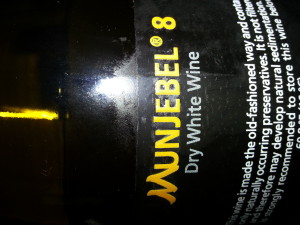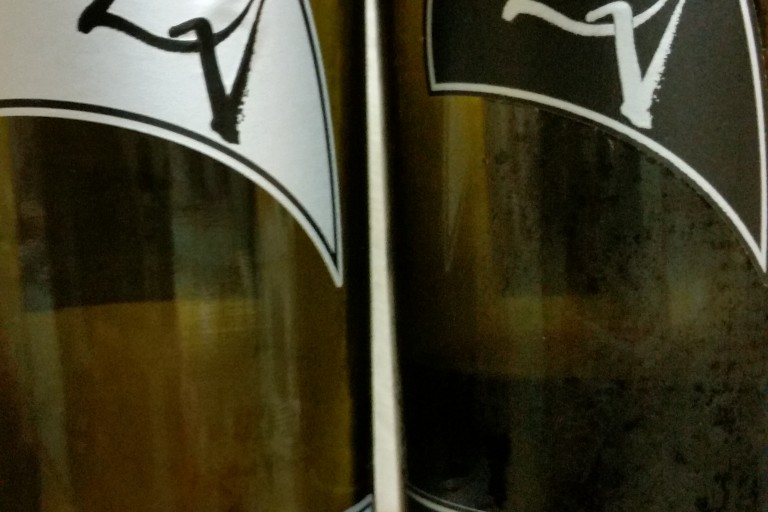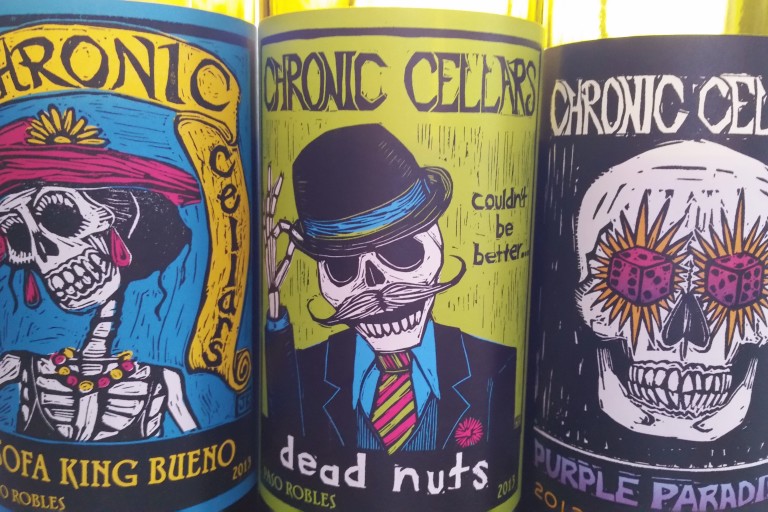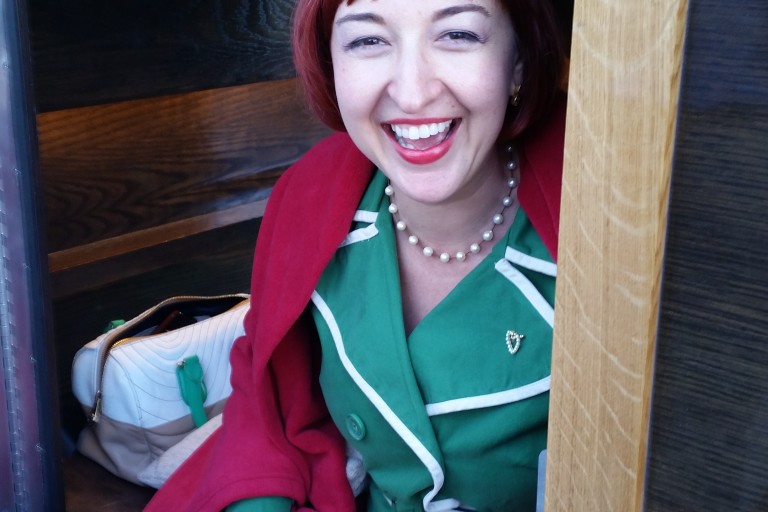After receiving an urgent email that a legendary Sicilian winemaker was going to be a nearby wine shop that afternoon, I hastily re-arranged my schedule. I was going to see the famously controversial “natural wine maker†Frank Cornelissen, from Mount Etna in Sicily. I was going to taste his naturally-made wines, from an area where cool nights and warm days enhance aromatics and flavors in grapes nurtured on volcanic soil at various altitudes.
I arrived at the Wine Bottega in Boston’s North End shortly after Cornelissen, and immediately went down into the cave-like tasting cellar to meet him. Expecting a taciturn reception, I was unprepared for Cornelisson’s warm welcome. Rather than appearing hermetic and curmudgeonly (as I had expected, from reading about his devotion to his craft), he’s thin, tall, attractive, personable and speaks several languages fluently.
Even in the dim light, I could see that the first wine he handed me was orange. The MunJebel white wine, 2011 vintage. Bringing it to my nose, I inhaled florals and fruits, and a bit of earthy garden or seashore too. What you smell is what you get: the flavors duplicated the aromas, and even the finish. This is a blend of mainly indigenous white grapes that changes slightly depending on the year; this year he used less coda di volpe.
Having been a bit apprehensive about what I would encounter, I was delighted to find I liked the winemaker, and even more pleased that I enjoyed his wines. I also tasted two 2011 reds, the MunJebel and the Contadino. All three were so aromatic, layered, and fascinating on the nose and the palate that I lingered for some time in this dim, enchanting cave, sipping my tiny samples very slowly and listening to Cornelissen being charming to everyone who entered.
I bought a bottle of the MunJebel white from a display on the stairway landing and it was already somewhat chilled. I put it in my cold car, and an hour later I popped it into my fridge and waited for it to cool down a little more.
Then I opened the wine and poured. In my bright kitchen, I could see how truly orange-hued it was. I poured and sipped: it was fizzy, yeasty and not at all charming. I put it back in the fridge and waited for it to settle down and blossom, but it never did though I sampled it several more times during the evening.
Finally I called the Wine Bottega and they suggested shaking up the wine a few times, to get the bubbles out. That part worked; the wine became still. But it still wasn’t charming. It was yeasty, and tasted more like something that had yet to turn into wine, or perhaps beer. In any case, it wasn’t good. I left it overnight. At noon the next day, it had definitely not turned into anything charming.
What was it about that tasting at Wine Bottega? Is it some sort of magical place where everything  tastes good?
tastes good?
Not only that, but all the notes I took in my little spiral notebook have completely disappeared. I’m going back — with my bottle — to see if that little tasting room is still there…


